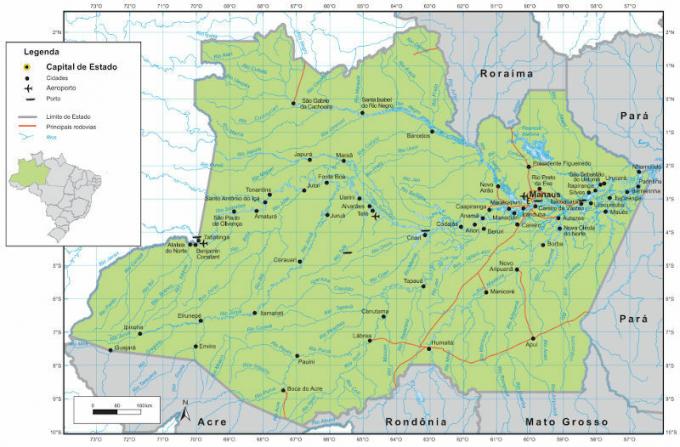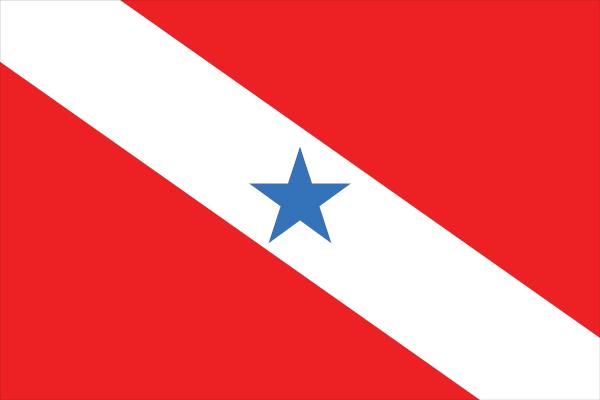The terms 'indians and indians’ are generalized names, as they encompass groups that at other times were specifically called Karajá, Suyá, Kamayurá and Xavante. The terms given are inherited from the colonization period, when many of these peoples were decimated.
Despite having a different language, as well as customs, they have to acquire knowledge and external cultures, this becomes necessary so that this national minority can, in the face of the dominant culture, establish their rights and their claims to the country to which they are subordinates.
Through surveys by the official government agency, the IBGE (Brazilian Institute of Geography and Statistics), approximately 734,131 thousand people who considered themselves Indians were registered, although the census carried out by Funai estimates that this number is much lower, considering as Indian only those who live in reservations, with this, the number drops to approximately 358 thousand. Today, the main centers of concentration of Indians are located in the regions of Amazonas, Northeast, Center-South and in the state of Mato Grosso do Sul.
As for diversity, the groups are extremely different, there is variation in language, values, myths, rules, types of housing, among other aspects. According to this variation, 215 distinct indigenous groups are recognized with a variety of more than 180 languages.
Do not stop now... There's more after the advertising ;)
You indigenous groups they can differ according to the level of contact with white civilization. They can be considered as isolated (rare and accidental contacts), integrated (speaking Portuguese or working in cities) and intermittent contact (permanent contact with whites).
If comparing the number of Indians since the discovery period, it is evident that this minority was practically decimated, the occupation was instituted through the indigenous societies that inhabited here, long before the so-called 'civilized' men arrive.
In view of this, the main causes of the limited number of Indians in Brazil are basically the expropriation of their lands to yield to the rural and urban occupation, large numbers of Indians killed in struggles against whites and, mainly, from diseases that until then were unknown, as they did not have antibodies against diseases such as flu and measles, which were contracted through contact with whites. There were periods when these and others promoted overwhelming epidemics.
––––––––––––––
¹ Image credits: Frontpage and Shutterstock.com
Eduardo de Freitas
Graduated in Geography
Brazil School Team
Would you like to reference this text in a school or academic work? Look:
FREITAS, Eduardo de. "Indigenous in Brazil"; Brazil School. Available in: https://brasilescola.uol.com.br/brasil/o-indigena-no-brasil.htm. Accessed on June 27, 2021.


